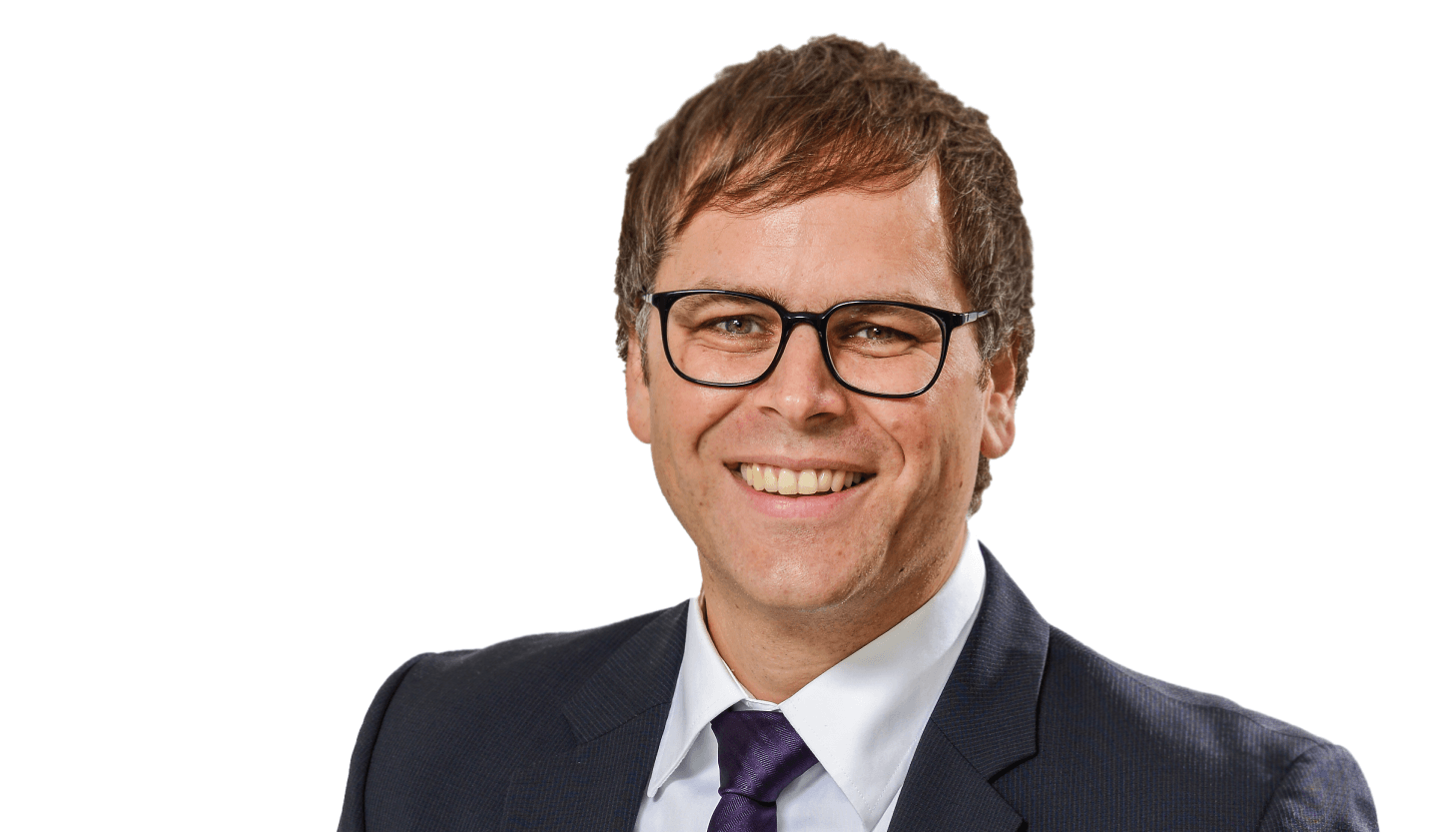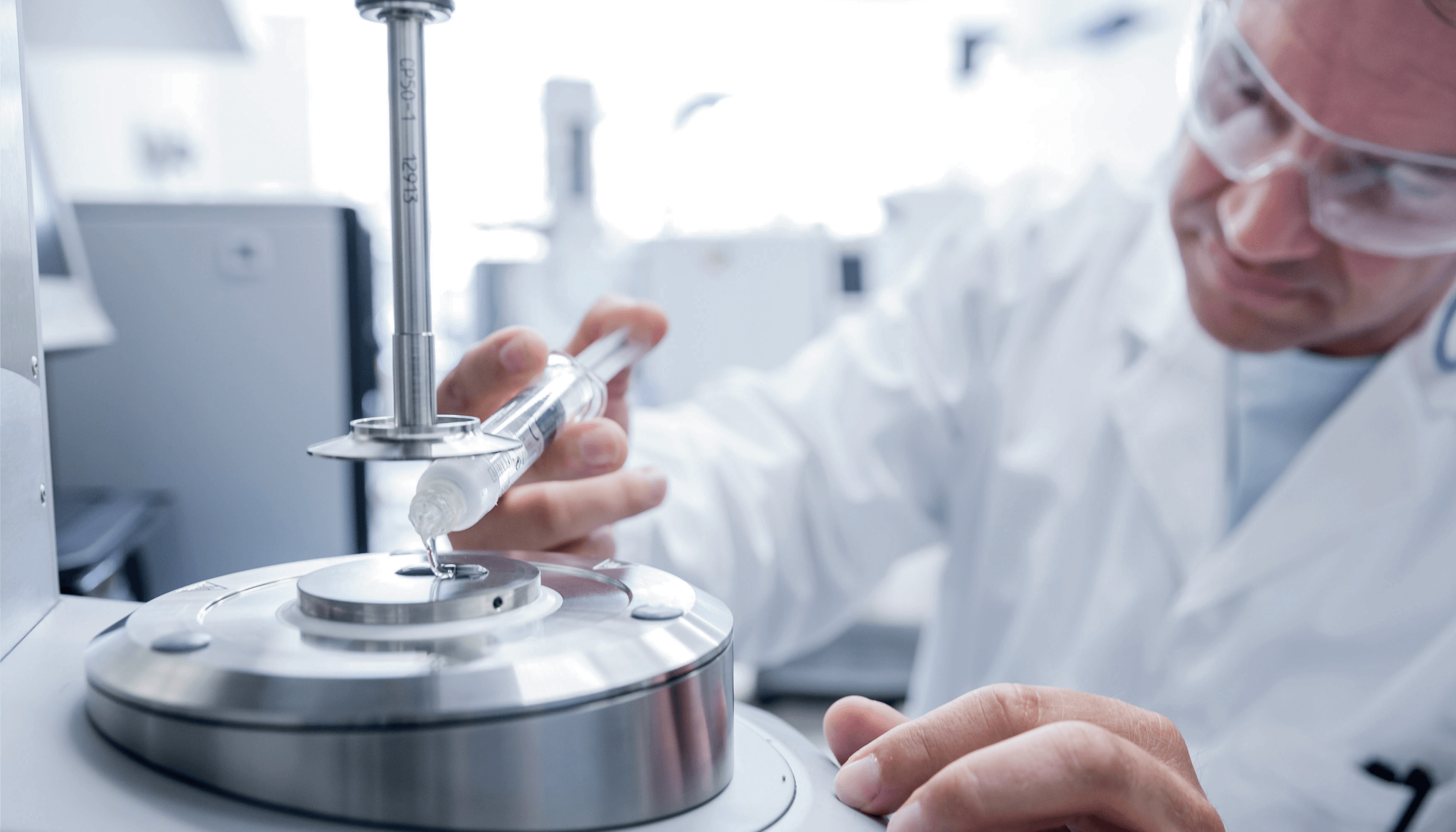
Tell us about Pharmpur. What regulations does the company currently adhere to?
Pharmpur is located in Königsbrunn in Germany, and has been active in ophthalmology for almost 30 years. We manufacture liquid surgical products, such as PFCLs, silicon oils, and OVDs, and distribute products worldwide. As a consequence, Pharmpur works in compliance with different worldwide regulations (including EU, ANVISA, US FDA, MFDS, C-FDA). Outside of the main manufacturing activities, Pharmpur is also scientifically engaged and publishes on all aspects of product safety and innovation. Furthermore, we are involved in various international and national committees, such as ISO, EDQM or BAH.
The EU’s new Medical Device Regulation (MDR) comes into force on May 26, 2020. How have you prepared for it?
Pharmpur’s approach has always been to manufacture medical devices under Good Manufacturing Practice (GMP). Studying the initial drafts and attending various MDR conferences and workshops confirmed our elementary strategy, which helped us very well here. Accordingly, we had much of the relevant data in hand, which gave us a solid basis and a good lead. Still, some aspects – the more intense Post Market Clinical Follow Up (PMCF) and Post Market Surveillance (PMS), for example – had to be strengthened. Consequently, we reinforced our competence in these areas and established ourselves better in the market by introducing our own brand – “ophthafutur” – in 2016.
Another key element was the evaluation of the transition strategy, alongside our notified body. Especially with regards to article 120 of MDR, “Transitional Provisions,” we found feasible solutions and established a smooth timeline for transfer of our existing products into the MDR world.
What obstacles did you need to overcome?
The main obstacle that many companies are currently facing is the lack of capacity of their notified bodies. We had to focus a lot on communication and tight collaboration to achieve the commonly defined goals.
Although we were well prepared, the conversion of our documentation to meet MDR requirements required a great effort. Here, the challenge was harmonizing the differing worldwide regulatory demands that were reflected in our existing quality system. Reviewing and adjusting each process to satisfy the various regulatory systems required a great deal of focus. However, by sticking to our clear roadmap – paired with the great spirit of the whole Pharmpur team – we were successful in overcoming any challenges in our path.

What valuable lessons did you learn during the process?
Again, I’d note the importance of trustworthy communication, partnership and networking. Exchanging information with lawyers, representatives of different authorities, specialists in the field of quality management, and our stakeholders was invaluable.
MDR requires a stringent and processoriented approach, and it defines new benchmarks to prevent scandals like those of the past. However, it is still possible, due to the high complexity of MDR, that some companies only consider the formalities. And that’s why it is so important for manufacturers to remain aware of their sole responsibility for product safety. The new regulations will not relieve them of this duty!
What impact will the EU MDR have on your clients, if any?
Generally, our clients won’t realize any difference in our products after the MDR implementation, as we have always manufactured under the highest standards. That said, higher transparency and market feedback will come into clearer focus. Manufacturers and surgeons will have to work much closer together, as the new rules will increase the value of any data exchanged. Such close cooperation will be essential for the introduction of new and innovative products, especially as the medical community works towards upholding the patients’ right to innovation.
